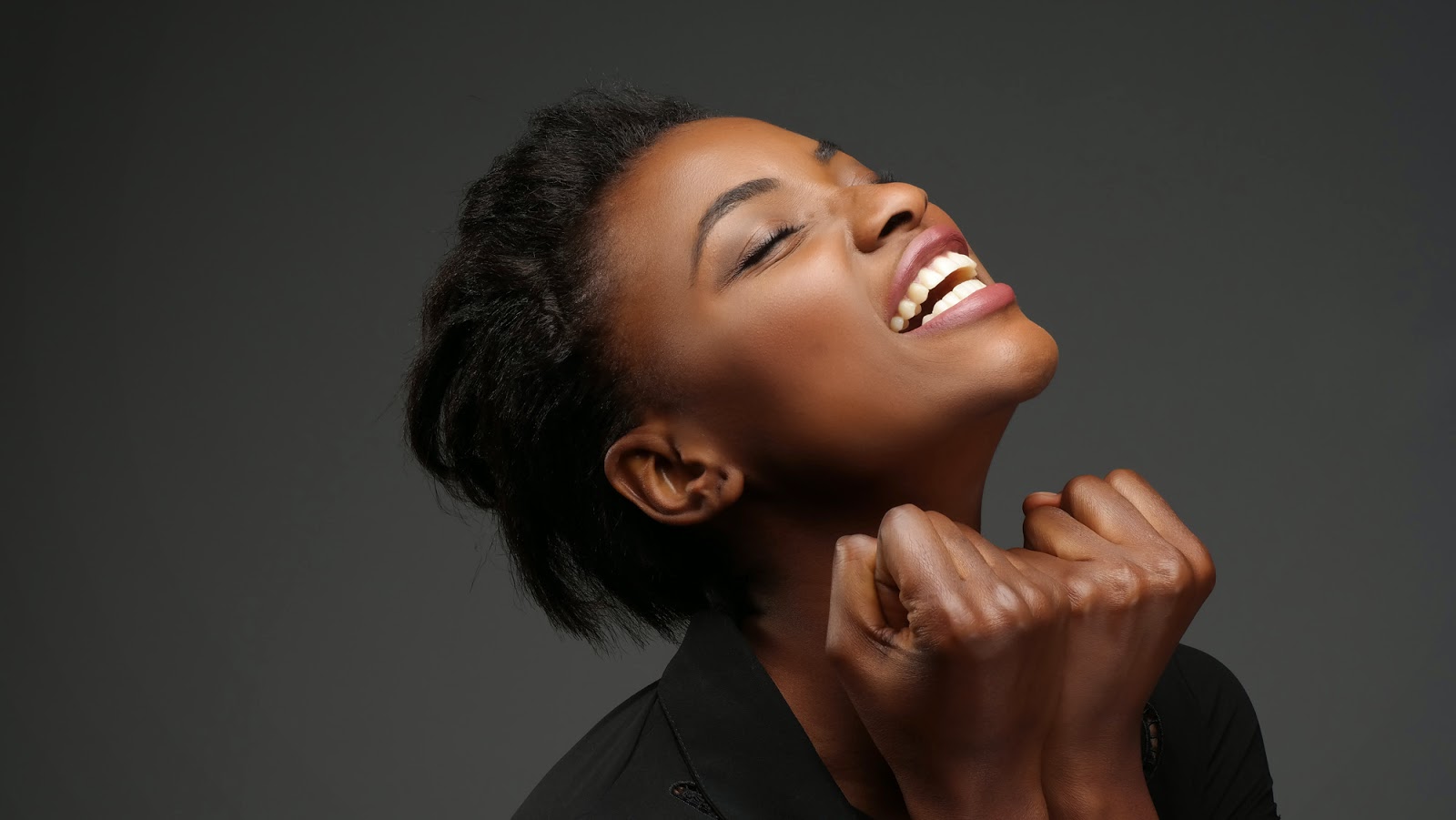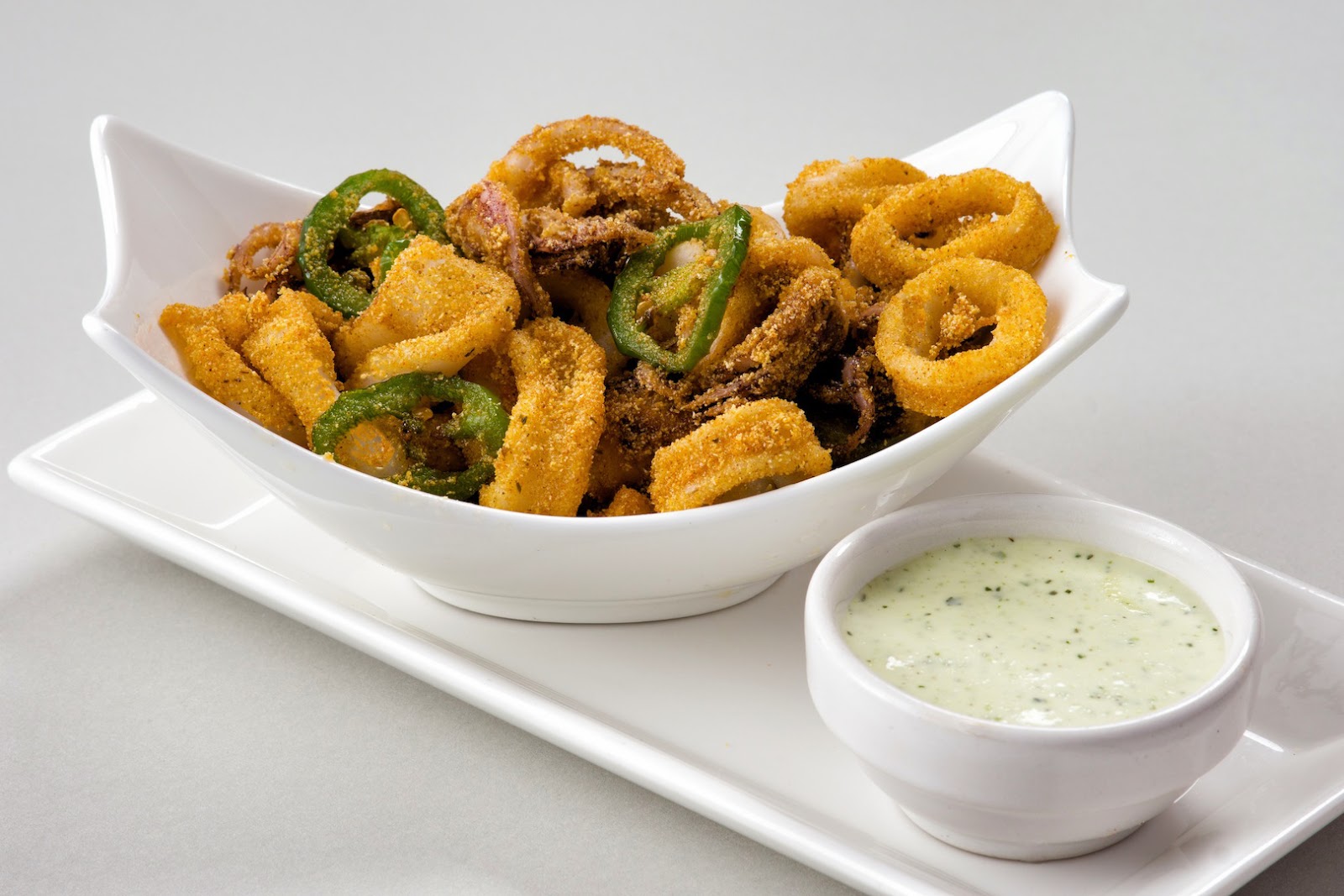The Lazy, Digital Age way to light a white background depends on post production.
Here's the correct way to light for a white background:
Today we did an easy one. It was emotive images of Jaston Williams (of the Greater Tuna and A Tuna Christmas fame) for an upcoming show at Zach Theatre. No white-on-white. Nothing tricky, just a white background the designers could easily drop out.
The image above shows the basic lighting for the background. I'm shooting a wide shot here from the final camera position but instead of a 24mm lens I used a much longer focal length for the actual shots. It may be hard to see in this shot but there are 400 w/s lights on either side of the seamless paper. Each one is aimed at the opposite side of the paper to ensure and even wash of light and each one is gobo'd by a solid flag which you can see clamped to stands just inside the two background lights. The flags keep spill light off my portrait subject so I don't get unwanted highlights or weird shadows.
My main light is a 500 w/s mono-light firing into a 24 by 36 inch soft box, up and to the left of the frame. You can see it up at the top. Not shown (because it is behind the camera position) is the 60 inch umbrella, used at low power, for just a hint of fill lighting. Very simple set up. But effective.
So, I'm sure that the theatre will choose different images and I'm sure they won't follow my desaturated, high sharpness post processing but I'm sure they'll find a number of images that will work well for them. Here are a few of the images that I really liked and spent a few minutes playing with:
It's fun to have a full plate. Shooting for clients every day makes me more and more relaxed because everything becomes so practiced and natural and there's a flow that moves shoots along. I've been pressing more and more flash back into service just to freeze motion and match daylight and, just like riding a bicycle, it only takes a few minutes to get back into the flash groove. But practice makes it almost transparent. Yesterday I shot with the Ranger RX pack. Today was all mono lights .
I've also been vacillating between cameras. Some shoots I'm doing with 24 megapixel, full frame Sony cameras while on other shoots I'm choosing the G6 camera or the Sony RX 10. They all work so well. Especially with flash at ISO 125, 160 or 200.
The thing I always forget when we have dry spells in the market or when I've been shooting with available light is just how much gear I like to have around when I do studio set-ups. I was pissed off today that I didn't pack the Westscott FastFlags because I wanted to totally control the background light and, in truth I would have like to have screen off the non-image forming light that was coming back into the camera from the background.
But as it was I was packing seven light stands, a background stand set, a long roll of white seamless paper, five Elinchrom mono-lights, a bag full of umbrellas and soft boxes and enough heavy electrical cord to grab power from anywhere. The cameras? They were the least important of the load. I had my two cameras in my little moss green Tenba backpack. It was almost weightless.
I love working with talent like Jaston. He is so expressive and so full of energy. He's also wonderfully fun to be around. I didn't even mind missing lunch...
Guess the camera? Just for fun?
















































.jpg)
.jpg)



